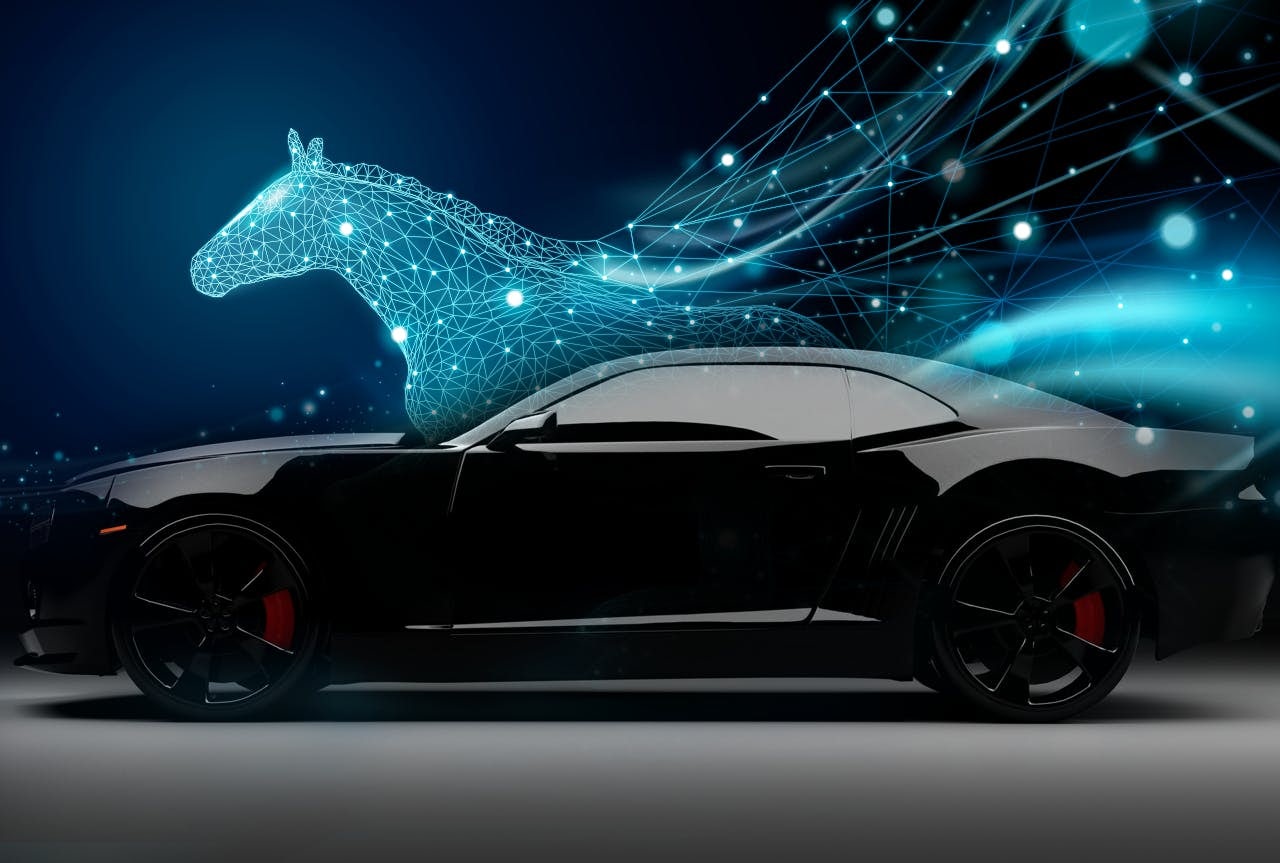Nobody said that the ongoing transformation of the car industry would be immediate, straightforward, or easy. But, to get a balanced discussion and make more informed decisions about the pace of change we cannot afford to shy away from the challenges at hand.
In December 2021, energypost.eu published a summary of “The 10 big problems with simply replacing fossil cars with electric”. The aim is NOT to discredit electric cars as a sustainable technology but“to illustrate the huge disconnect between the ongoing BEV investment boom and the questionable societal benefit of the technology.”
Not the definite answer to all our questions or counterarguments, but certainly an ambitious (and provocative) overview with loads of facts, figures, graphs, and other food for thought. All we may need to sharpen our own minds and dialogues

A HUMBLE APPETIZER
Here we can only provide a humble appetizer, but according to energypost.eu. the 10 main problems with Battery electric vehicles (BEVs) are:
- BEVs are just “heavier and shinier horses that eat smaller quantities of a more expensive and mostly cleaner feed.” The real alternative to gas and diesel cars is not BEVs but Virtual mobility and Human-oriented city design.
- BEVs are promoting the worst car niches. The hilarious examples presented include the suburban commuter and the supermall shopper. Or “… urban SUVs burning 15,000 kcal of fuel to go and burn 500 kcal of fat by running like a hamster on a treadmill at a distant gym”.
- Low competitiveness in many niches. Like long-distance journeys for holidays or business, where internal combustion vehicles are far superior.
- Practical limitations, also in the most favorable areas of use: Freedom range, recharge times, and recharge availability. Considering that cars are all about freedom and convenience …
- Limited CO2 avoidance at extreme costs. Passenger transport accounts for only 10 percent of global CO2 emissions … and today’s hybrids can already halve that number. Human-centered city design can avoid CO2 at a massively lower cost.
- The material intensity and waste
- Low compatibility with Wind and Solar
- Stifling innovation in other clean transportation solutions
- Low compatibility with Autonomous Driving Technology
- Competition with economic upliftment.
Here is the complete article text. Food for thought, indeed.
